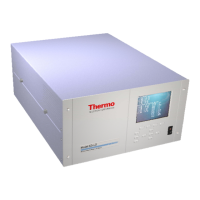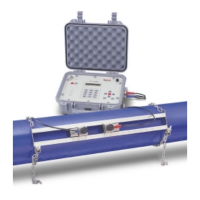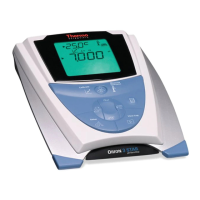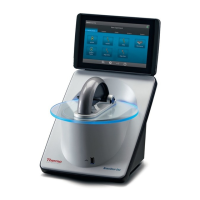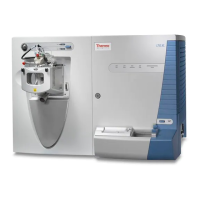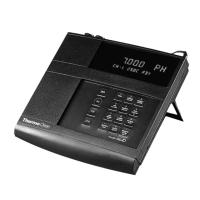The spectrophotometer is durable and reliable, so
routine maintenance is minimal. This section
includes complete instructions for:
• Routine care, cleaning and maintenance of the
instrument and cells
• Changing the fuse and voltage setting
This section also includes a list of replacement
parts and accessories.
||
|
WARNING
|
||
|
Operating the instrument with the cover off
|
|
exposes the operator to potentially dangerous
|
|
voltages and ultraviolet (UV) radiation.
|
|
Therefore, the distributor recommends that
|
|
only authorized service representatives perform
|
|
procedures requiring removal of the instrument
|
|
cover and replacement of electrical components.
|
|
To protect both yourself and the instrument, be
|
|
sure to contact an authorized service
|
|
representative to perform any service procedure
|
|
you do not feel comfortable performing.
|
Routine care
Routine care for the spectrophotometer does not
require a lot of time. To help minimize maintenance
time and to increase the life and performance of
your instrument, please follow these guidelines:
• To prevent dust from accumulating on and in
the instrument, always replace the dust cover
when the instrument is not turned on. The dust
cover, supplied with the instrument, is resistant
to most aqueous solutions.
• Do not use or store the instrument in a
corrosive environment.
• Gently wipe the outside of the instrument with
a soft cloth to remove any dust or spills. Water,
isopropyl alcohol and other common laboratory
cleaning agents may be used if necessary.
• Always clean up spills to prevent or minimize
damage to the instrument. If concentrated
acids or bases, or any hydrocarbon materials,
are spilled on the instrument, be sure to clean
up the affected area immediately.
• Use water, alcohol or other common laboratory
cleaning agents to clean the keyboard. It is
recommended that you clean spills off the
keyboard as soon as they occur.
Cleaning
Cleaning and maintenance of cells
Cleaning of cells both inside and out is important
not only because any contaminating material may
absorb light, but also because material within the
cell may react chemically with subsequent reagents
or standards introduced into the cell. Cleaning
methods depend to some extent on the nature of
the contaminating material. Sodium (or ammonium)
hydroxide and dilute hydrochloric acid may be used
to remove some acidic and basic contaminants,
respectively. Clorox (undiluted or 1:1) is very
effective in removing proteinaceous and bacterial
contaminants. You may also use Cell Cleaning
Solution (332260-169) to clean your cells.
Finally, soaking in chromic acid will remove most
contaminants, but the acid should be handled, and
disposed of, with care. Because of the exothermic
reaction of the acid and water, any heat generated
should be quickly dissipated to avoid altering the
pathlength of the cell. Cells should not be placed in
hot chromic acid.
Note: To prepare chromic acid cleaning solution,
slowly add (with stirring) 800mL of
concentrated sulfuric acid to 458mL of
distilled water containing 92 g of sodium
dichromate (Na
2
Cr
2
O
7
•2H
2
O). This cleaning
solution should be red-brown. Discard,
using proper disposal methods, when
green tinge appears.
Performing Maintenance Procedures
6-1 BioMate 3 Operator’s Manual
WARNING
Handle and dispose of chromic acid with care!
